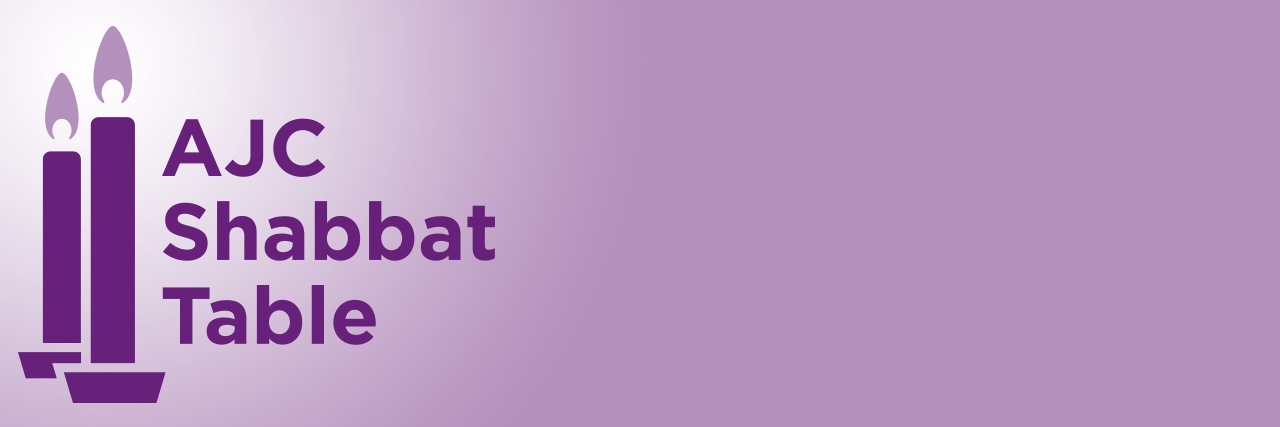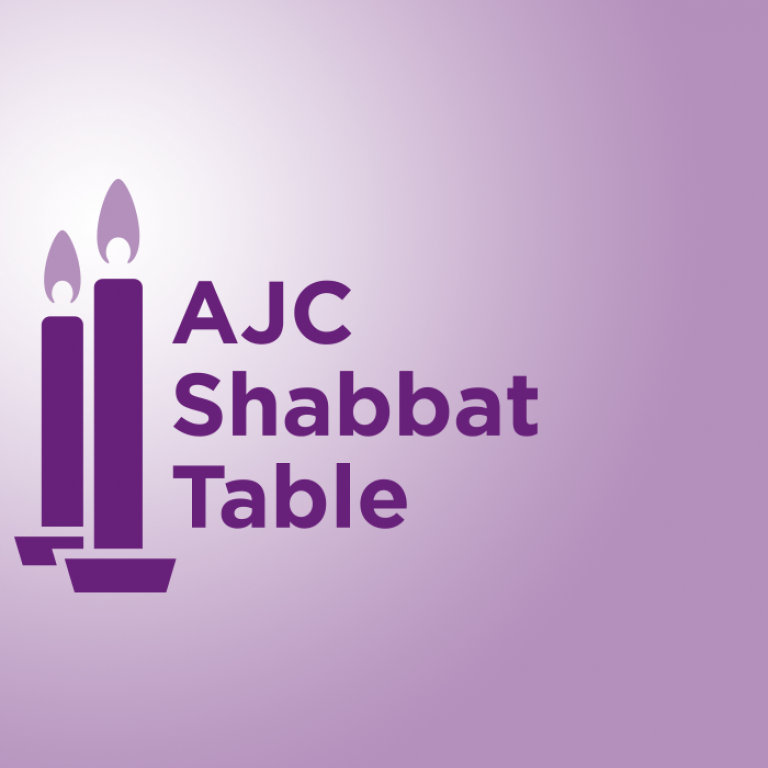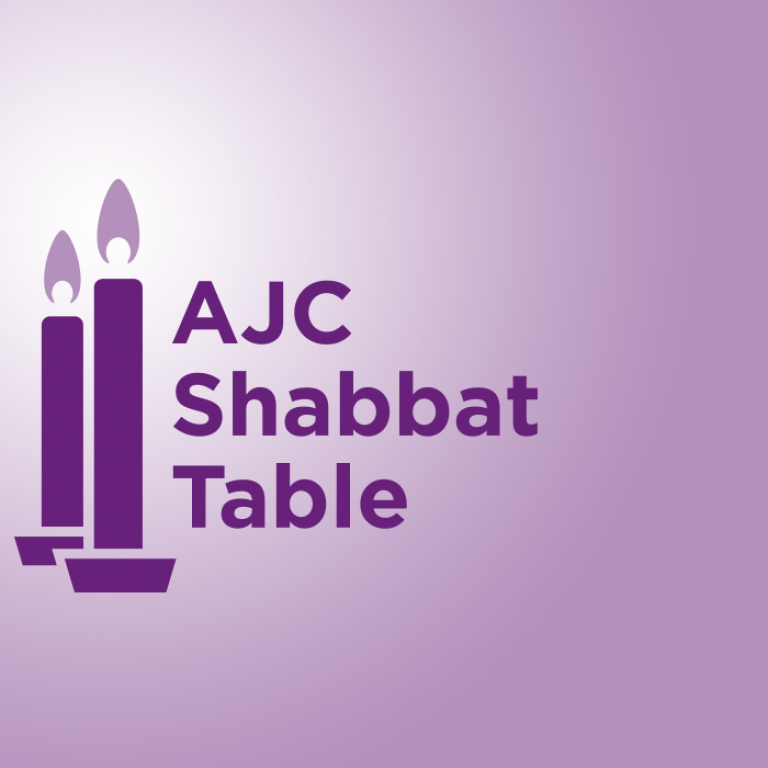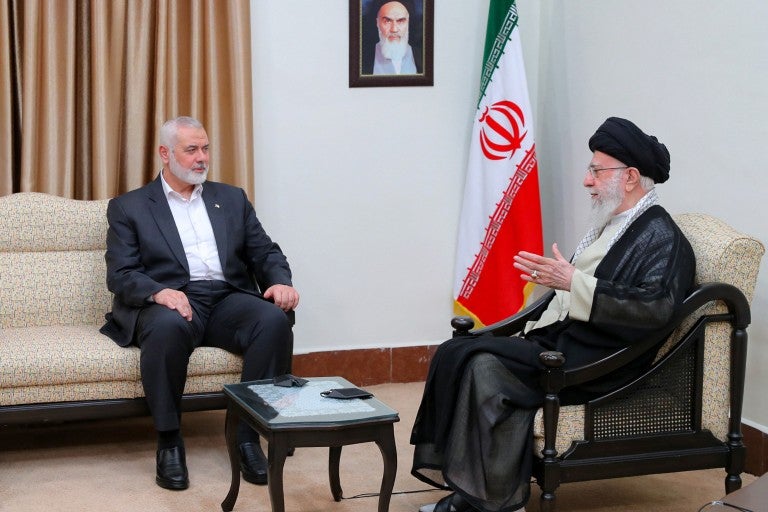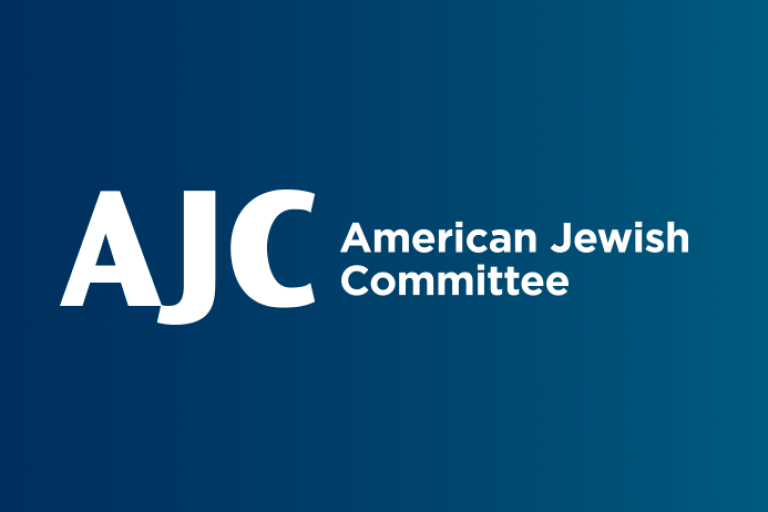December 4, 2020
This Shabbat: Parshat Vayishlach
The Biblical Jacob struggled a great deal with his identity as a young man. As Rabbi Jonathan Sacks z”tzl pointed out, Jacob grows up in the shadow of his older twin brother Esau, and is constantly trying to supplant Esau as the “chosen” son. Indeed, Jacob’s stealing of Esau’s birthright results in him fleeing to the house of his uncle Lavan, far off in Padam Aram, in order to escape the wrath of his wronged older brother. Even after running away to Lavan’s home where he remained for many years, marrying Leah and Rachel, and becoming a father and a wealthy man, Jacob still sees himself in the shadow of Esau. In this week’s parsha, Jacob has left Lavan’s home with his wife, children, and flocks, and is headed back to Canaan. Clearly nervous to see his brother again, he sends messengers ahead of him to tell Esau he is coming home. He tells the messengers to tell Esau that he is sending gifts “to find favor in your eyes.” Much to Jacob’s chagrin, the messengers return to tell him that they saw Esau, and that he was heading their way with four hundred men! Jacob prepares his entourage for battle. That night, though, Jacob has a strange interaction. A man appears and wrestles with him until dawn. As dawn breaks, Jacob asks the man for a blessing, and the man mysteriously replies, “No longer will it be said that your name is Jacob, but Israel, for you have struggled with God and with man, and you have overcome.” While many rabbis have interpreted this story to be a visit from an angel giving Jacob the name that would mark him as the father of the nation of Israel, others see this encounter as Jacob wrestling with his inner demons and his own identity. After the encounter, Jacob comes away a newly confident man, one able to take his family and build a nation. Later that day, Esau and his men arrive - but instead of attacking Jacob, Esau runs toward him, embraces him and bursts into tears. When Esau tries to give Jacob gifts, Jacob demurs, saying, “No, I beg of you! If I have found favor in your eyes, then accept my gifts, since I have seen your face, which is like seeing the face of a Divine being, and you were appeased by me.” As a result of Jacob’s wrestling match with the mysterious angel, he and Esau are finally at peace, able to respect each other for who they each are and leave the anger and conflict of the past behind. The lessons of Jacob and Esau are still so resonant today. Feeling complete in our own identities is central to our ability to have mature relationships with those we love.
This Week in Jewish History
December 6, 1987 - Freedom Sunday Rally for Soviet Jews
The thing that I remember the most from that day is the buses. I was a sophomore at Columbia University in 1987, and in the early morning of Sunday, December 6, I was sitting on a coach bus with dozens of fellow students driving down the New Jersey Turnpike to Washington, D.C. for the Freedom Sunday Rally. I remember looking out the window and everywhere my eyes could see there were buses and more buses, all headed south to D.C. for the rally. I felt a tingling sensation on the back of my neck as I realized that this day was going to be historic. And it was. A quarter million people gathered on the National Mall that day, on the eve of a summit between U.S. President Ronald Reagan and Soviet leader Mikhail Gorbachev, to protest the Soviet Union’s refusal to allow its Jews to emigrate. It was the largest rally of American Jews in history.
The Freedom Sunday Rally was the culmination of over two decades of American Jewish activism on behalf of Soviet Jews. The Soviet Jewry movement began as a fringe effort founded by students and other grassroots activists who were far from insiders in the Jewish establishment. Perhaps most famously, in 1964, Jacob Birnbaum, a British expat, founded the Student Struggle for Soviet Jewry (SSSJ) in New York City, an organization that rallied young Jews, mostly college students, around the cause of freedom for Soviet Jewry. However, it was not long before the American Jewish establishment took up the cause in earnest. Founding the National Conference on Soviet Jewry in 1970, American Jewish leaders began to use every tactic at their disposal - diplomacy, education, and public protest - to fight their battle. From the beginning, AJC was deeply and passionately involved with the National Conference. Indeed, AJC staff member Jerry Goodman became its first executive director and Richard Maass, then head of AJC’s Foreign Affairs Commission (he later became AJC president) became the first chair of the board. In the ensuing years, AJC together with the National Conference and others managed to both bring the cause of Soviet Jewry to the forefront of American Jewish concerns and to link it to Cold War diplomacy. Their tactics worked. In 1986, perhaps the most famous Refusenik (Jew forbidden to leave the Soviet Union), Anatoly (now Natan) Sharansky was freed from the Soviet Union and permitted to resettle in Israel. Sharansky became the spokesperson for the Soviet Jewry movement, and was a featured speaker at the Freedom Sunday rally. When President Reagan met with Gorbachev the following day, he pointed out the enormous size of the rally and the passionate support for Soviet Jewry among American Jews and others. The message was clear: the Soviet Jews had to be freed. Within three years, the floodgates opened and hundreds of thousands of Soviet Jews began to flow out of their erstwhile prison, settling in Israel and in the United States. In the aftermath of the fall of the Soviet Union, the emigration only increased. Today, over one million FSU (former Soviet Union) Jews live in Israel, and hundreds of thousands live in the United States and around the world. It is not often that one can look back on a protest movement and say it fully achieved its goals. The Soviet Jewry movement was that rare case. It will be a feather in the cap of American Jewry forever.
Want to see some incredible footage from that historic rally? Watch this video that AJC made in 2012 to commemorate the 25th anniversary of the rally.
Want to hear about the key role that AJC CEO David Harris played in the Soviet Jewry Movement and the transformational effect the movement had on his Jewish identity? Watch David tell his powerful Jewish story in this must-see April 2020 Advocacy Anywhere program.
December 8, 1942 - American Jewish Leaders Petition FDR to Save European Jewry
On December 8, 1942, as the machinery of the Final Solution murdered thousands of Jews each week in Nazi-occupied Europe, American Jewish leaders including the presidents of AJC, AJCongress, B’nai B’rith, and others wrote a letter to President Franklin D. Roosevelt, seeking his intervention. They did not ask for much, seeking merely an “American Commission” that would review the evidence of Nazi atrocities with the goal of holding Nazi leaders accountable for their crimes. However, even this modest request was not fulfilled by FDR. The slaughter continued. By 1945, six million Jews had been murdered, and it was only in the aftermath of the war that some Nazis were held responsible for their crimes. Why were American Jewish leaders so modest in their requests? And why didn’t FDR help?
When Hitler came to power in 1933 in Germany, American Jews were not ready to confront the threat to European Jews. Most Jews in America at the time were either new immigrants themselves, or children of immigrants. They were unsure of their status in a nation that was hostile toward foreigners and still quite antisemitic. And, they were disunified, unable to speak in a unified strong voice or to agree on tactics to help their co-religionists across the ocean. Some, particularly new immigrants and less Americanized Jews, advocated protests and boycotts. Others, like the more Americanized and wealthy Jews that made up the leadership of AJC, recommended diplomatic and behind-the-scenes negotiations. Complicating matters still further, some wanted a Zionist agenda included in the fight against Nazism, and others who opposed Zionism wanted to leave a Jewish state out of the equation. Even if American Jews had been able to speak as one, their entreaties would have fallen on ears that, while not entirely deaf, were “hard of hearing.” FDR and his administration were far too worried about fighting World War II to get bogged down in the matter of the Jews. Furthermore, the Roosevelt Administration was itself often a less than welcome place for Jewish concerns, with numerous officials who espoused quiet “genteel” antisemitism. The only Jewish group that managed to have any effect on American policy toward European Jews was the Bergson Group, which was made up of more radical Jews who were unafraid to speak out at protests and in the press. Their tactics led to the 1944 establishment of the War Refugee Board, which did save some Jewish lives during the Holocaust. But, it was too little too late. For decades after the war, American Jews wrung their hands over their inability to save more of their European coreligionists, but historians have shown that, given the circumstances in which they lived, their chances of success were never great.
For Shabbat Table Discussion: Speaking up for fellow Jews
This week’s Shabbat Table offers two starkly contrasting stories of American Jewish efforts to stand up for their fellow Jews overseas, stories that take place almost exactly 45 years from one another. While American Jews were largely unsuccessful in their attempts to intervene on behalf of European Jewry during the Holocaust, they were incredibly successful in obtaining the freedom of the Soviet Jews less than half a century later. There are certainly lessons to be learned from these two movements, and as Jewish activists, it is important for us to think about what they might be.
Questions for your Shabbat table:
- Why do you think the Soviet Jewry movement was so much more successful than American Jewish efforts to save their fellow Jews during the Holocaust?
- What lessons can we American Jews today learn from these two advocacy movements?
- What issues should American Jews be speaking out about in the coming years? What tactics should we use to be successful in our efforts?
Shabbat shalom!
שבת שלום!
